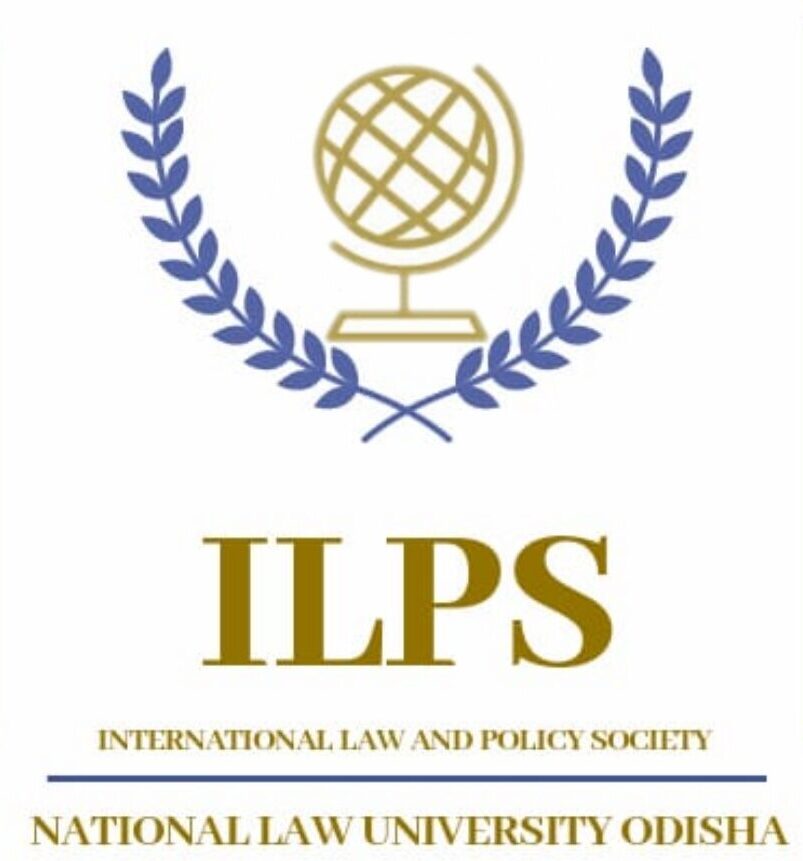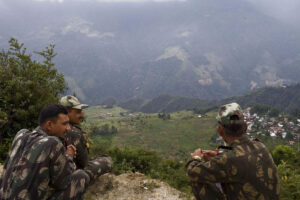The emergence of the vaccine for Covid-19 is reckoned as a much sought-after rescue to the cataclysm caused by the deadly pandemic. The advent of this inoculation is not only being regarded as an antidote to the Covid-19 virus but also to one of the most traumatic global economic catastrophes that the world has ever witnessed.
However, the question of the danger associated with vaccine distribution has also come to the surface. The peril attached to its appropriation is that the same may further expedite the already expanding gap between the global haves and have-nots. The lopsided distribution of vaccines tends to widen the economic inequality, which will, in reality, lead to a world more unequal than ever. There already exist disparities in terms of wealth, access to clean water, shelter, and education. The pandemic has already worsened the situation for women, ethnic minorities, and households with lower income.
The ideal methodology of vaccine distribution should have been one focusing on a type of allocation which is proportional to the state’s population rather than to its wealth as the low-income countries may fail to pay the costs for deploying new vaccines. However, it might be possible for them to pay in smaller installments. Moreover, vaccines are required to be kept between two and eight degrees Celsius. But many low to middle-income countries have unreliable electricity sources and may fail to meet the requirements in terms of temperature and other necessities. New technologies in such a case may prove to be beneficial and hence pave the way.
The developed nations may pose as an obstacle in the realization of the proposed method of vaccine distribution owing to their capitalistic tendencies, by which they hoard vaccines at a higher quantity than required. The support of global governance structures, like the UN and its Security Council, World Bank and the International Monetary Fund, can play a very instrumental role in the pursuit of the implementation of this kind of vaccine distribution system. They will be required to ensure that the high-income countries, on account of their economic strength, refrain from establishing their undue hegemony in procuring vaccines, which has been considered a public good.
The principles of international human rights law obligate countries to work in cooperation with each other to combat such a catastrophic outbreak of the Covid-19 pandemic. Article 2.1 of ICESCR obligates States to operate in furtherance of the principles of international assistance and cooperation for the protection of rights provided in the Covenant, including the right to health. As also underlined by the Committee on Economic Social and Cultural Rights, pandemics call for international scientific cooperation to face transnational threats. Moreover, as stated in Article 12 of ICESCR and reiterated in Astana Declaration (2018), able states should provide economic, scientific and technical assistance to developing countries for the prevention, treatment and control of epidemic diseases and immunization against major infectious diseases.
However, nations are resorting to the “me first” approach even in times of such a calamity. Research by Oxfam presented that the affluent nations, representing only 13% of the global populace, have already hoarded more than half of future vaccines. This has led to the situation of vaccine nationalism or vaccine diplomacy, which might have a pernicious impact upon third-world nations. In order to avoid this, the wealthier states need to refrain from making lopsided bilateral deals with pharmaceutical companies.
The US, EU, Hong Kong, Australia, Canada, Japan, Switzerland, Macau, Israel, New Zealand, Kuwait and Britain have acquired about 53% of the potential doses. Access to the vaccine has majorly been subject to the financial standing of the countries or through bilateral agreements with other nations. Such an approach can largely be described as “vaccine-diplomacy”. For instance, countries like New Zealand, Canada and Australia have purchased enough vaccines to inoculate their population four times over. As a result, the poorer countries claim violation of human rights obligations by rich countries.
Moreover, the race of stockpiling of vaccine supplies amongst the more affluent nations is proving to be detrimental for lower-income countries. The countries belonging to the high-income group, representing merely one-fifth of the global adult population, have procured more than half of the vaccine doses, thereby leading to disparities in the access to vaccine amongst the adult population belonging to the countries falling under lower-income groups.
Like Ghana and Cote d’Ivoire, few African nations have received just a single shipment of vaccine shots. In contrast, more than twenty per cent of the population of countries like The United Kingdom and Bahrain have received a minimum of one shot. The very idea of equal access to healthcare with guaranteed human rights seems to have faded away .The estimations reveal that poorer countries are likely to vaccinate just3% of their population by the end of the first half of 2021. The situation worsens with statistics showing that Africa and Latin America are less likely to achieve widespread vaccination even by 2023 or 2024.
The disparity in the distribution of vaccines is not just inter-country distress, and its prevalence can also be seen in the pattern of internal administration of vaccines. Israel’s discriminatory method of vaccine distribution is an evident example of the same. The Israeli government has provided vaccination to the majority of its citizens. However, it has very conveniently forsaken its duty to ensure access to vaccines to nearly five million Palestinians in the occupied territory of the West Bank and Gaza Strip. The same stands in contravention of the Fourth Geneva Convention, which obliges Israel to provide equitable access to vaccines to Palestinians residing in the occupied territory.
An analysis by the UK found that disabled adults cover 17% of the population and, as such, accounted for 59% of the COVID-19 deaths. Also, Canada has snubbed not only essential caregivers but also disabled individuals from its vaccine distribution drive. Therefore, in contrast to other countries, which emphasizes upon higher priority to people with disabilities, countries like Canada are yet to be provided with the guidance to inculcate a more structured method of vaccine distribution. It needs to resort to an effective modus operandi of vaccine distribution, which positively considers those factors that may heighten a community’s (frontline health care workers and people with disabilities) risk to Covid-19.
On a similar account, the exclusion of the elderly from vaccination in Indonesia due to age parameters and restricted socio-economic value seems discriminatory. It not only failed to provide for its constitutional safeguards but also grossly violated the international provisions, including Article 2 of ICCPR and Article 2.2 of ICESCR. Instead, the government must aim to include the elderly on a priority basis to ensure their safety. Furthermore, there are reports suggesting the underlying racial inequality being manifested in the vaccine distribution drive in the United States of America, wherein lower vaccination rates in areas where people of color tend to reside, predominantly the African Americans, are being observed.
Moreover, governments of impoverished nations will have to take measures to curb any cost barrier that may restrain people of lower strata from accessing their right to health. Apart from breaking this anticipated economic barrier, the government will also need to communicate about the benefits of vaccination at an early stage and counter false information to ensure fair accessibility of the vaccine, especially among the marginalised section of society.
There also lies a need to identify residents of the developing countries to prevent corruption, leakage, and accidental duplication of supply. About one million people lack formal identities and are mobile. Without proper identification, there will be improper records of people who have received vaccines. Also, as initial supply is scarce, it is essential to verify residents and provide patients with early doses. Moreover, in furtherance of international fraternity, states may take measures to alleviate the financial burden of developing countries in combating the pandemic. The developed nations must channelize their excess vaccine supply towards the developing nations.
During the H1N1 influenza pandemic, the affluent countries purchased most of the global supply of the vaccines thereby, leaving an insufficient amount for poorer nations, which were the worst affected ones. The real threat underlying the unequal vaccine distribution lies with the fact that the longer it takes to eradicate the virus globally, the faster it will mutate thereby, reducing the efficacy of the vaccines. The prolonged presence of virus in developing countries will further hinder trade flows and global supply chains, which may cost an exorbitant sum of $9 trillion to the global economy. Furthermore, it can also result in increased poverty and destabilization of the fragile livelihoods of poor people in developing nations.
As emphasized by the WHO chief Dr. Tedros Ghebreyesus Adhanom, the inequality in vaccine distribution is becoming more grotesque with every day passing by. Despite various international discourses upon the equitable allocation of the vaccine, billions of people in under-developed and developing countries might not be inoculated even by 2023-2024, researchers at Duke University predict. The raze caused by the pandemic in such nations, immensely unchecked by vaccines, would hamper equality across the globe.
This article is written by Archie Anant & Naina Agarwal



